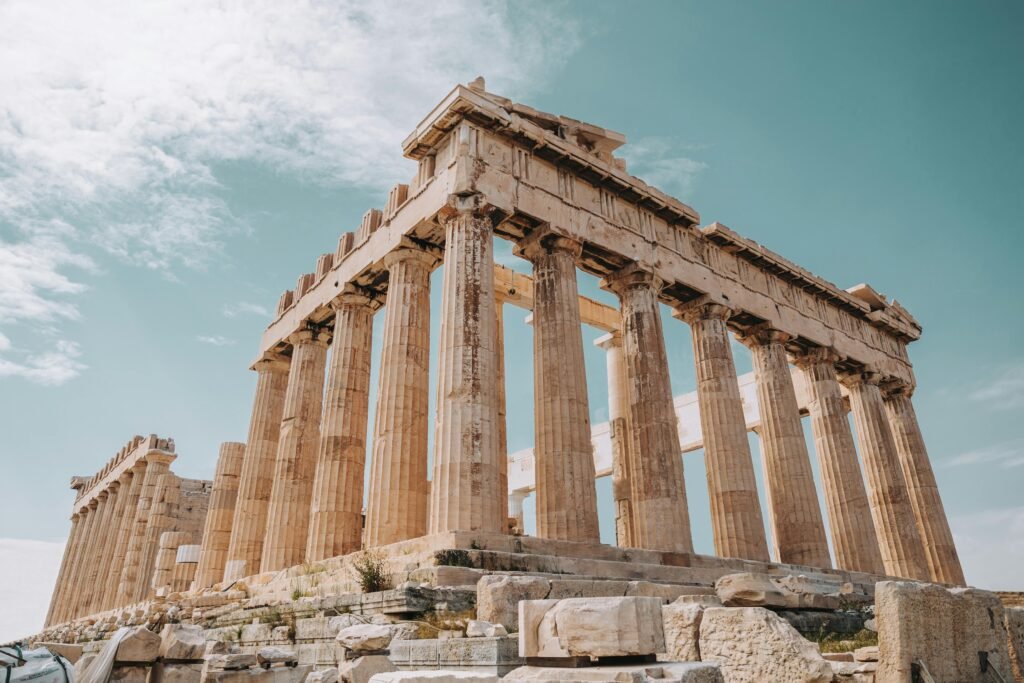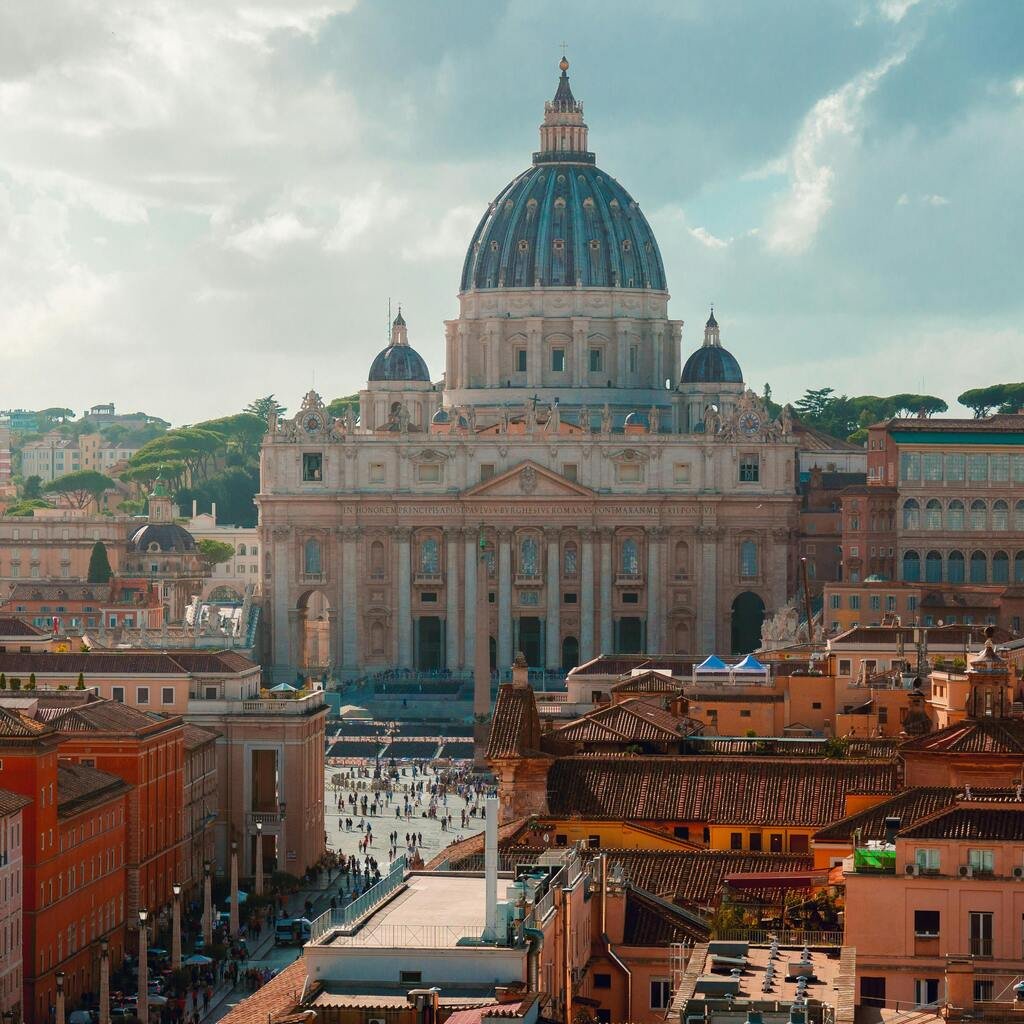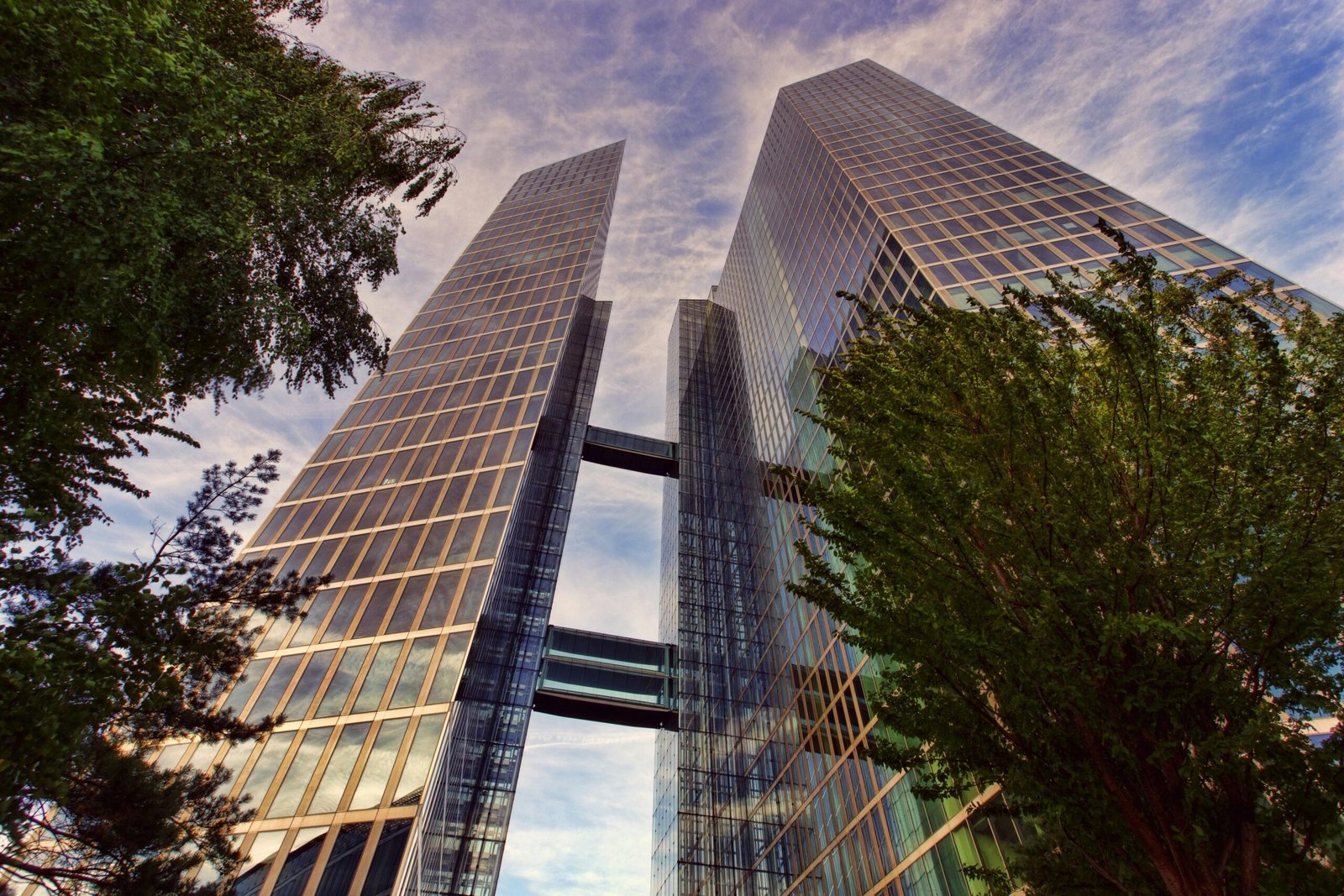Architecture is a fascinating window into the soul of a civilization. It reflects not just the technological capabilities of a time period, but also the cultural values, artistic sensibilities, and even the prevailing political climate. As we travel through history, we encounter a dazzling array of architectural styles, each with its own story to tell. In this blog, we’ll embark on a journey exploring the evolution of architectural styles, from the grandeur of ancient civilizations to the innovation of the modern age.
Ancient Foundations: Classical and Gothic Architecture
Our story begins with the Classical style (850 BC – 476 AD) of ancient Greece and Rome. Characterized by harmony, proportion, and the use of columns (think Doric, Ionic, and Corinthian), this style laid the groundwork for much of Western architecture.

Iconic examples include the Parthenon in Athens, a temple dedicated to the goddess Athena, and the Colosseum in Rome, a massive amphitheater used for gladiatorial contests and public entertainment.

Following the classical era, we enter the Gothic period (1100 – 1450 AD). A stark contrast to the classical focus on symmetry, Gothic architecture is known for its soaring stained-glass windows, pointed arches, ribbed vaults, and flying buttresses. This style, often associated with grand cathedrals, embodied the religious fervor of the Middle Ages.

One of the most famous examples is Notre Dame Cathedral in Paris, with its towering spires, intricate rose window, and awe-inspiring stained glass depicting biblical scenes.
Renaissance and Beyond: A Celebration of Humanity
The 14th century ushered in the Renaissance (meaning “rebirth”) – a time of renewed interest in classical ideals. Architects like Brunelleschi and Michelangelo drew inspiration from the past while incorporating new techniques. The emphasis shifted towards celebrating humanity, with buildings like the Basilica di San Pietro in Rome showcasing grand domes and intricate details.

As Europe emerged from the Middle Ages, the Baroque style (1600 – 1750 AD) flourished. Characterized by drama, movement, and elaborate ornamentation, Baroque architecture aimed to evoke awe and grandeur. The Palace of Versailles is a prime example, boasting expansive gardens, an opulent interior, and a feeling of theatrical majesty.

Following the Baroque period came Neoclassicism (18th – 19th centuries), a movement that sought to recapture the purity and simplicity of classical forms. Think symmetrical buildings, clean lines, and inspiration from Roman temples. The Lincoln Memorial in Washington D.C. exemplifies this style’s focus on order and balance.

The Modern Era: Function, Form, and Innovation
The 20th century saw a radical shift with the rise of Modernism (1917 – 1965 AD). Here, form follows function, with architects like Le Corbusier emphasizing clean lines, open floor plans, and the use of new materials like steel, glass, and concrete. The iconic Barcelona Pavilion by Mies van der Rohe perfectly embodies this philosophy, showcasing a minimalist design that seamlessly blends with its natural surroundings.

The Present and Beyond: A Blend of Styles
Today, architecture is a melting pot of influences. We see a continuation of Modernism alongside movements like Deconstructivism (think Frank Gehry’s Guggenheim Museum in Bilbao, Spain) and Sustainable architecture, which prioritizes eco-friendly materials and energy efficiency.

This brief exploration merely scratches the surface of the vast and ever-evolving world of architectural styles. From the ancient pyramids to the contemporary skyscrapers, architecture serves as a testament to human ingenuity and our enduring desire to leave our mark on the world. So, the next time you admire a building, take a moment to consider the rich history and cultural influences that shaped its design.




